thumbnail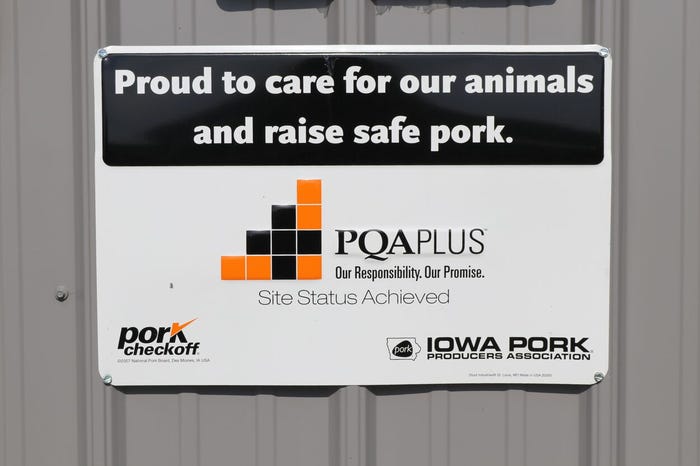
Livestock Management
Deadline approaching soon for PQA Plus Advisor certification sessionDeadline approaching soon for PQA Plus Advisor certification session
Pork Quality Assurance Plus merges food safety and animal well-being concepts of the original PQA program into three steps.
Subscribe to Our Newsletters
National Hog Farmer is the source for hog production, management and market news
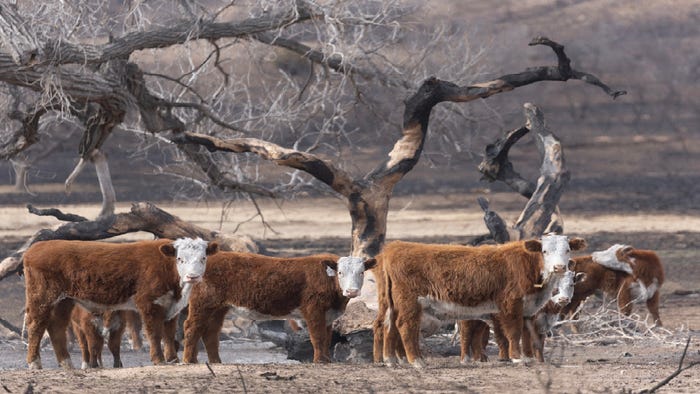

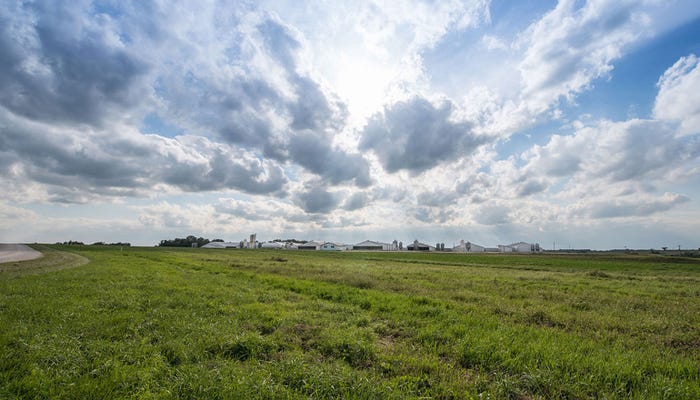
.jpg?width=700&auto=webp&quality=80&disable=upscale)























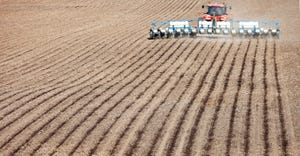

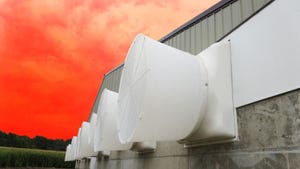

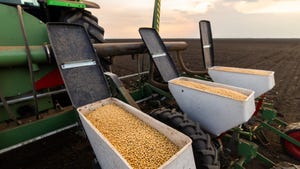
.png?width=300&auto=webp&quality=80&disable=upscale)





